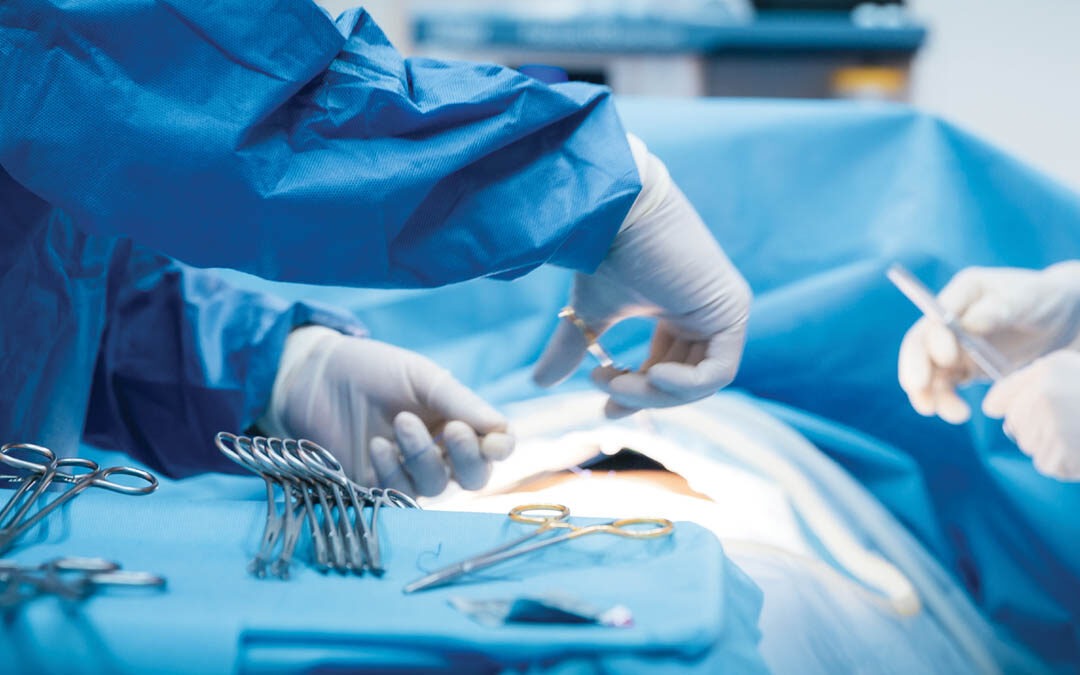Introducing Our Collection of Postmortem Surgical Blades
Postmortem work is a crucial part of modern society, especially when used to determine the cause of death in a subject or discover more information about a disease.
An autopsy, or postmortem examination, is the dissection of a corpse in order to help determine the cause of death and study the effects of diseases on the body. Autopsy traces its origins back to Ancient Greece, when Greek philosopher Galen of Pergamum studied the symptoms and bodily effects of a patient. This led to Galen’s theory that four humors within the body (phlegm, blood, black bile, yellow bile) were connected to disease. It would not be until the 1800s that autopsies became more popular and regulated, leading to more accurate advancements in the practice.
Histopathology, on the other hand, is the microscopic examination of tissue in order to study the causes of disease. This includes the examination of a surgical specimen by a pathologist, which can in fact begin with an autopsy. Histopathology is especially important for cancer research, as the examined cells and tissues are removed from suspicious lumps in order to identify the nature of the abnormality and provide information about the type of cancer if malignant.
Autopsy and histopathology are both crucial components of postmortem work that can shed light on cases that at first seem straightforward. One such example comes from Dr. Thomas Andrew, a forensic consultant and retired chief medical examiner from New Hampshire. In this particular case, Dr. Andrew was performing an autopsy on the corpse of a seemingly healthy toddler that – to the naked eye – had died of natural causes. However, the autopsy led Andrew to more closely examine the internal organs for damage. After taking tissue samples of the internal organs, Andrew discovered that there was a large number of cells filled with iron pigment inside the air sacs of the toddler’s lungs. This discovery ultimately resulted in a diagnosis of death by repeated asphyxiation; meaning that this was the case of a murder, not a natural death. Armed with this new information, investigators were able to get a confession out of the child’s primary caretaker and bring them to justice.
Cincinnati Surgical has you covered with all of your autopsy scalpel and blade needs. Our postmortem collection includes the following commonly used autopsy products:
NEW: BladeFlask EVO – The only blade remover on the market that removes postmortem blade sizes 60A, 60B, and 70. The BladeFlask EVO is especially useful for autopsy and embalming practices. (coming January 2022)
Major Handle – The Major blade handle is thin and agile. Please note that it is non-sterile.
Pathology and Postmortem handles – These handles are thicker and more rounded than the Major and are made from non-surgical stainless steel. They come in four sizes to accommodate various surgeons’ scalpels.
Safety scalpels Size 22 – This safety scalpel is color-coded for ease of blade shape recognition and features a strong temporary forward lock position to prevent uncontrolled retraction during use, an additional notch to hold the blade more securely in the passing position, and a rear permanent lock to be engaged prior to final disposal in a sharps container.
Shape U – Sterile and made of carbon steel with a curved top. Optimal for orthopedic surgery, general surgery, and pathology.
Shape Z – Like Shape Z, the Shape U blade is optimal for orthopedic surgery, general surgery, and pathology. The top is flat, while the bottom of the blade is curved.
Size 4 – This handle fits blade sizes 18 – 27.
Size 22 – The No. 22 is a large version of the No.10 blade with a curved cutting edge and a flat, unsharpened back edge. Used in many laboratory settings for pathology.
Size 22B – This autopsy scalpel blade is highly similar to the No. 22, but specifically manufactured by Swann Morton
Size 40 – The No. 40 blade has a shape similar to Z, and can fit a surgeons’ scalpel handle 07PM.
Size 40B – This blade is similar to No. 40, but manufactured by Swann Morton.
Size 60 – The No. 60 blade comes with a slanted and triangular-shaped tip.
Size 60B – The No. 60B blade is similar to No. 60 but comes with a rounded edge and tip.
Size 70 – The No. 70 blade is a smaller, slightly thinner version of No. 60B
In addition to these blade selections, Cincinnati Surgical has a number of options for autopsy scalpels, surgeons’ scalpels, handles, needles and more. For more information contact your preferred distributor or see our collection of postmortem supplies here: https://cssurgicalproducts.com/postmortem-surgical-blades/.


Recent Comments